While bokeh often fascinates the photography enthusiast, it is only lesser photographers who worship bokeh, venerating it to such a degree as to displace the art of photography with engineering prowess. For most photographers however, professional or not, bokeh is appreciated, and rarely considered essential to their art.
People make art, not lenses. You can make lousy art with the Noctilux just like you can with any other lens, even shooting wide open. While the Leica Noctilux-M 50 mm f/0.95 ASPH. can render such a distinct image because of its technical and engineering excellence, in the hands of a mediocre artist, the Noctilux is unforgiving, magnifying his or her mediocrity. It is only the human artist who can use the Noctilux’s imaging capabilities to make art, and even in the hands of the most adept, it can take some time to learn to create art with the Noct’. Personally, I’m still learning.
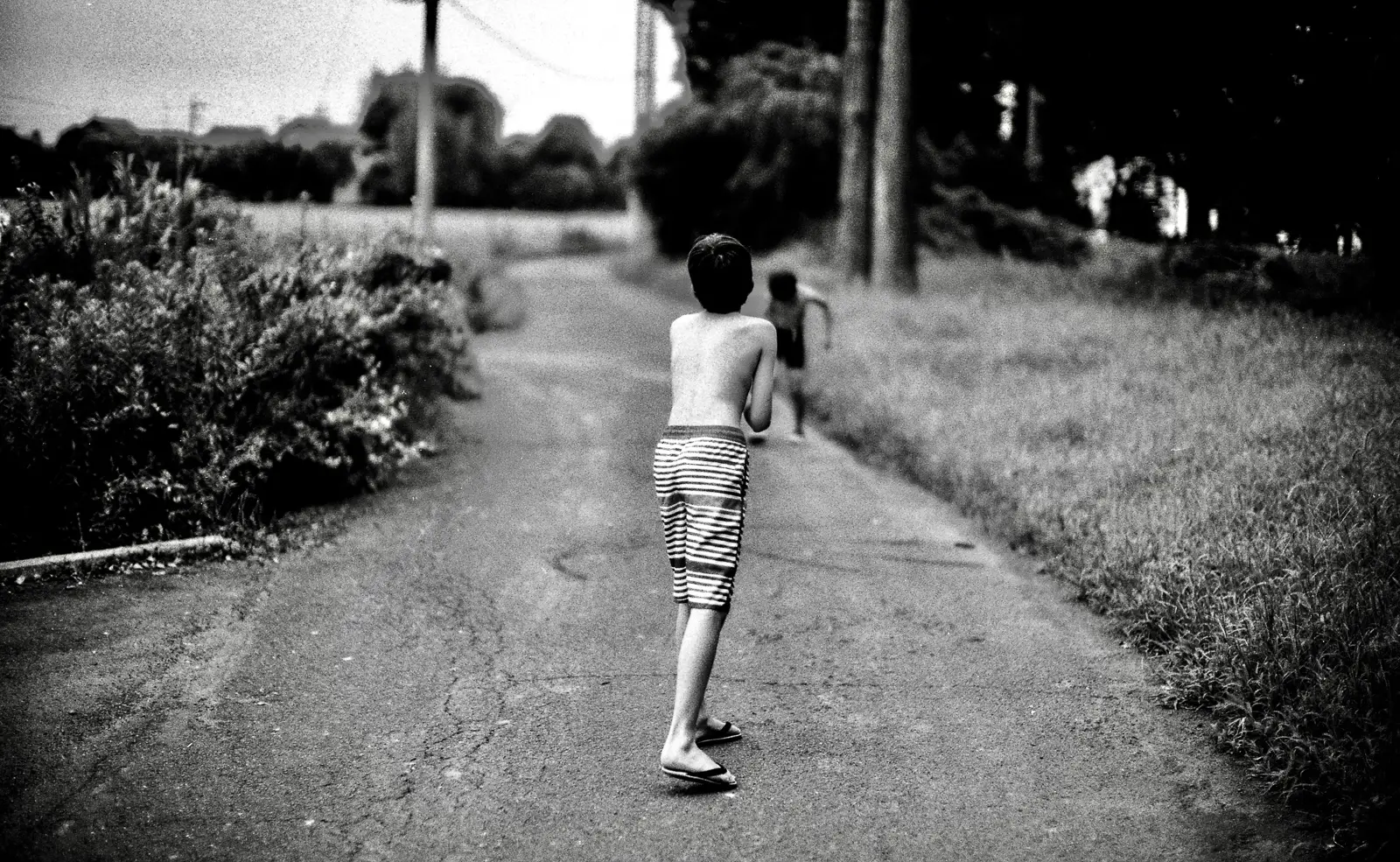
Why is it hard to make art with the Noct’? Making art is always conceptually demanding, but shooting with the Noctilux is also physically hard.
What do I mean by hard? Well first, the Noctilux is a beast of a lens. It weighs in at 700 grams, and its length is just over 7.5 centimeters. It’s diameter is 7.3 centimeters give or take and it takes an E60 filter. It is like putting a medium sized DSLR lens on a Leica M body, except the Noctilux is heavier than most DSLR lenses. The Noct’ is unwieldy in street photography for which it is either the 35mm or 50mm Summicron f/2 that excel as well as others from Zeiss, Voigtlander, and even 7artisans.
If you are going to use the Noctilux, attach a sturdy grip. Mine is the ML-Grip from photoequip.net. The ML-Grips are not the cheap, plasticky grips that Leica makes, but rather machine tooled in the United States from a single solid hunk of aircraft-grade aluminum. They were designed in consultation with Leica connoisseurs.
As if wielding the Noctilux weren’t challenging enough, focusing this beast of a lens is also a bear of a task. The throw of the focus ring is like the run of a racehorse circuit just because of the circumference of the lens barrel. What’s worse, the aperture ring is right next to the focus ring, and my fat fingers tend to accidentally adjust the aperture while focussing, knocking it from f/0.95 or f/2 or f/2.8 without my noticing.
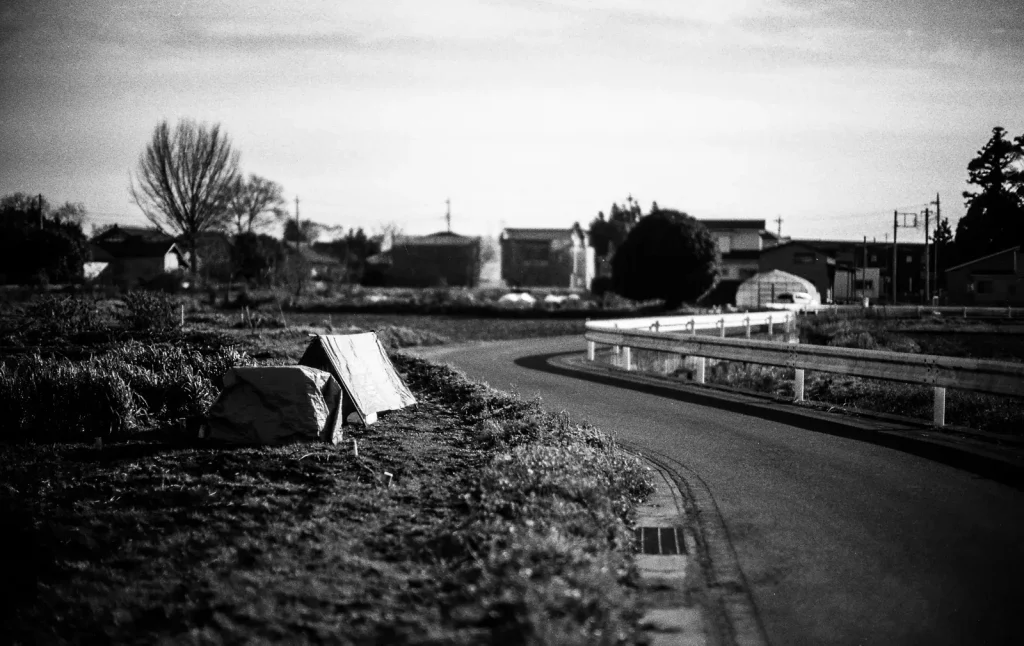
Finder blockage is also a problem. On the M3, the Noctilux blocks half the lower right quadrant of the frame. Even on an M7 with a .72x finder, while the blockage is less, the lens barrel creeps into the frame making composition a problem. The advantage of the M3 is its superior finder patch that is large and easy to see. You can focus more accurately, which is critical at f/0.95. The advantage of the M7 is its low finder magnification which makes composition easier. However, the M7’s inferior finder patch also makes it easier to miss the mark when focusing.
All in all, I prefer to nail the focus and take my chances with composition, so with the Noctilux, I prefer my M3. It is no wonder that people who shoot with the Noct’ prefer a digital M with an EVF. Yet the digital solution has its drawbacks too. The Leica EVF accessories are painfully slow—even the latest one for the M10. The Leica EVFs are vastly inferior to the lightning fast EVFs of Sony or Fujifilm cameras, but let’s face it. Leica Ms are meant to be used with the analog finder, not an EVF. You can of course attach a Noctilux to a Sony with an adapter, but Leica glass never performs optimally on any bodies other than Leica. It seems crazy to me to purchase a Noctilux to shoot on a Sony, but people do—or so I hear.
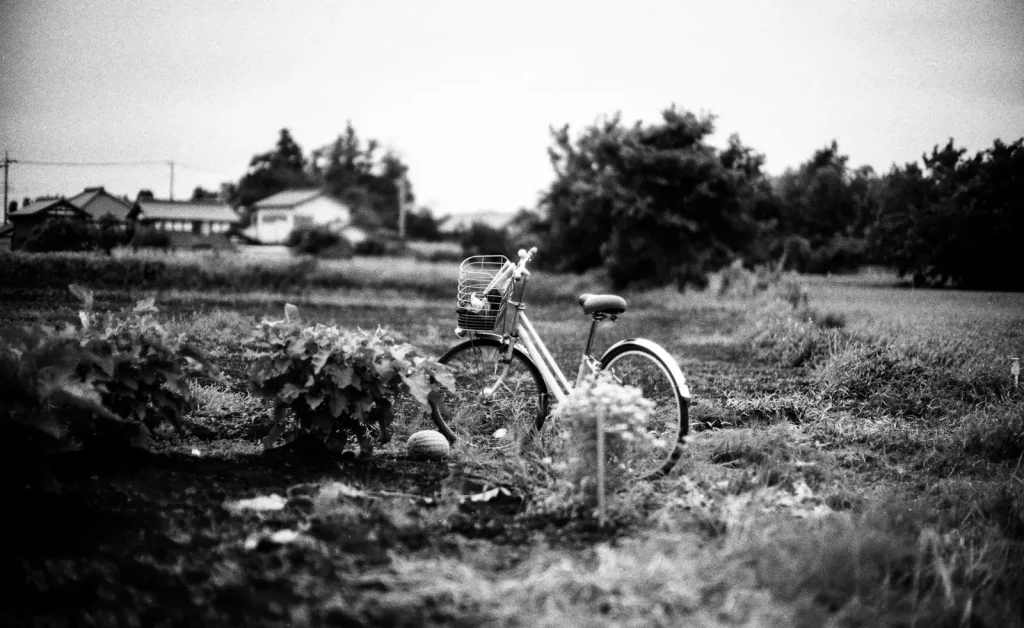
Now don’t take my griping about the Noctilux as lack of endorsement. It is not my intention to dissuade but rather to inform. The Noctilux excels at f/0.95, where it renders an image unlike any other ultra-fast lens. Not even the old screw mount Canon 50mm f/0.95 can match it.
It is not just the bokeh. The shallow depth of field of the Noctilux also renders a kind of dreamy and surreal look to images that draw the viewer into what seems otherworldly—that is if the photographer is an artist rather than a technician. The dreamy surrealism of the Noctilux is even more striking than the Summilux 50mm f/1.4 wide open, and it is what makes the Noctilux look unique and without substitute.
Artists like Mark de Paola shoot only with the Noctilux, only at f/0.95, and usually at no more than a meter from his subject, the shortest distance to which the Noctilux will focus. Mark de Paola goes for emotion. His images are often out of focus, and that is the point. It is not sharpness that grabs people emotionally. Mark de Paola uses the uniqueness of Noctilux to realize his art, and his work consists of some of the most powerful images I have ever seen.
In Mark de Paola’s hands, the Noctilux flies. In my hands though, maybe not so much, but judge for yourself from my photos. I live in hope and continue to learn.
No one ever buys a Noctilux because it makes sense economically, unless they are making a living from photography—and even then I have to wonder. For most people, the Noctilux is a lens that they want, and not a lens they need—that is unless they happen to be Mark de Paola.
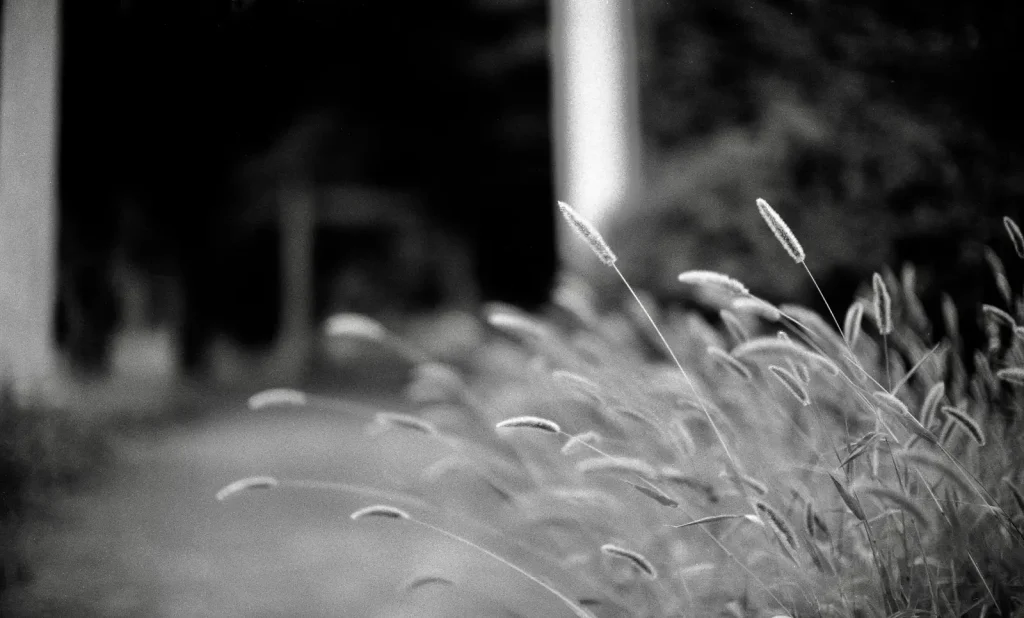
Did it make sense for me to buy a Noctilux? Probably not, but then again the best things in life are rarely rational. Does it make sense for you to buy the Noctilux? Well, only you can say for sure. If you can afford it and you want to use the Noct’ to make art rather than just to make bokeh, sure. Why not? But think about it before you cash in the kids’ college fund or risk being disowned by your spouse.
Shooting the Noct’ you will likely need a 16x neutral density filter to shoot wide open, which brings the exposure down four stops. The only manufacturer of an E60 16x ND filter I know is Leica, and it is only for the Noctilux. With an M5, M6, M7, and MP you can meter through the lens. For the M2, M3, M4, and M-A however, you have to compensate manually. So for shooting say Kodak T-Max 100 at box speed, you meter for—wait for it—ISO 6! Yes, that’s right. Amazingly, the Leicameter actually has a setting for ISO 6! These meters clearly come from another era.
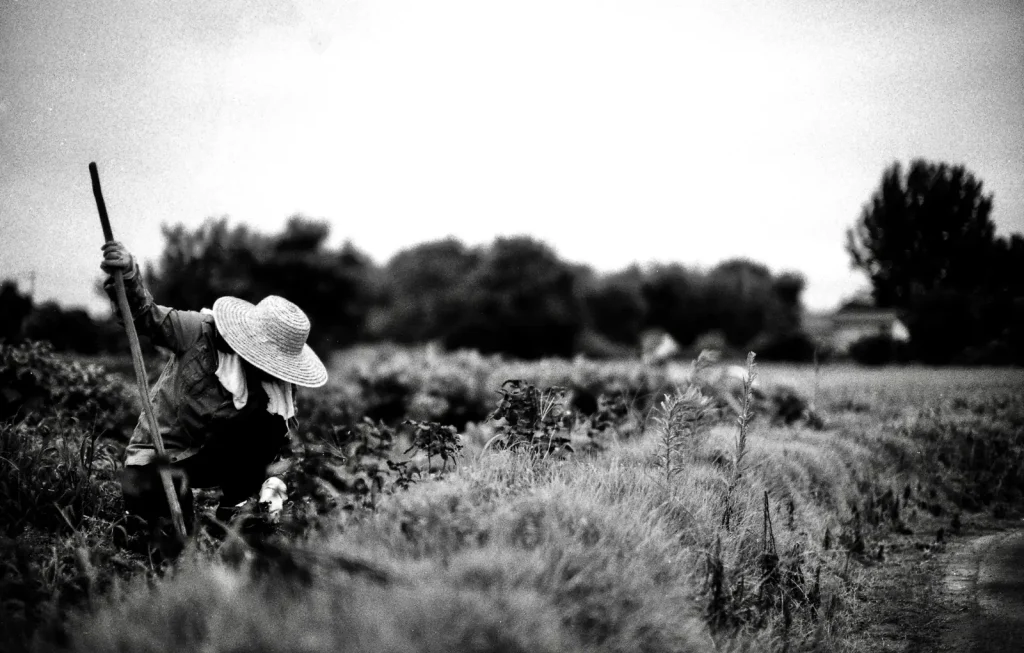
Should you ever get the chance to try the Leica Noctilux-M 50 mm f/0.95 ASPH., I highly recommend you do so. The Noctilux truly is like no other fast lens, caveats and all, but whatever you do, remember that photography is about making art. Bokeh for its own sake is for the birds.
I am a street photographer who lives in Japan. If you would like to see more of my work, have a look at my website bleisteinphoto.com, or my Instagram @sbleistein
Share this post:
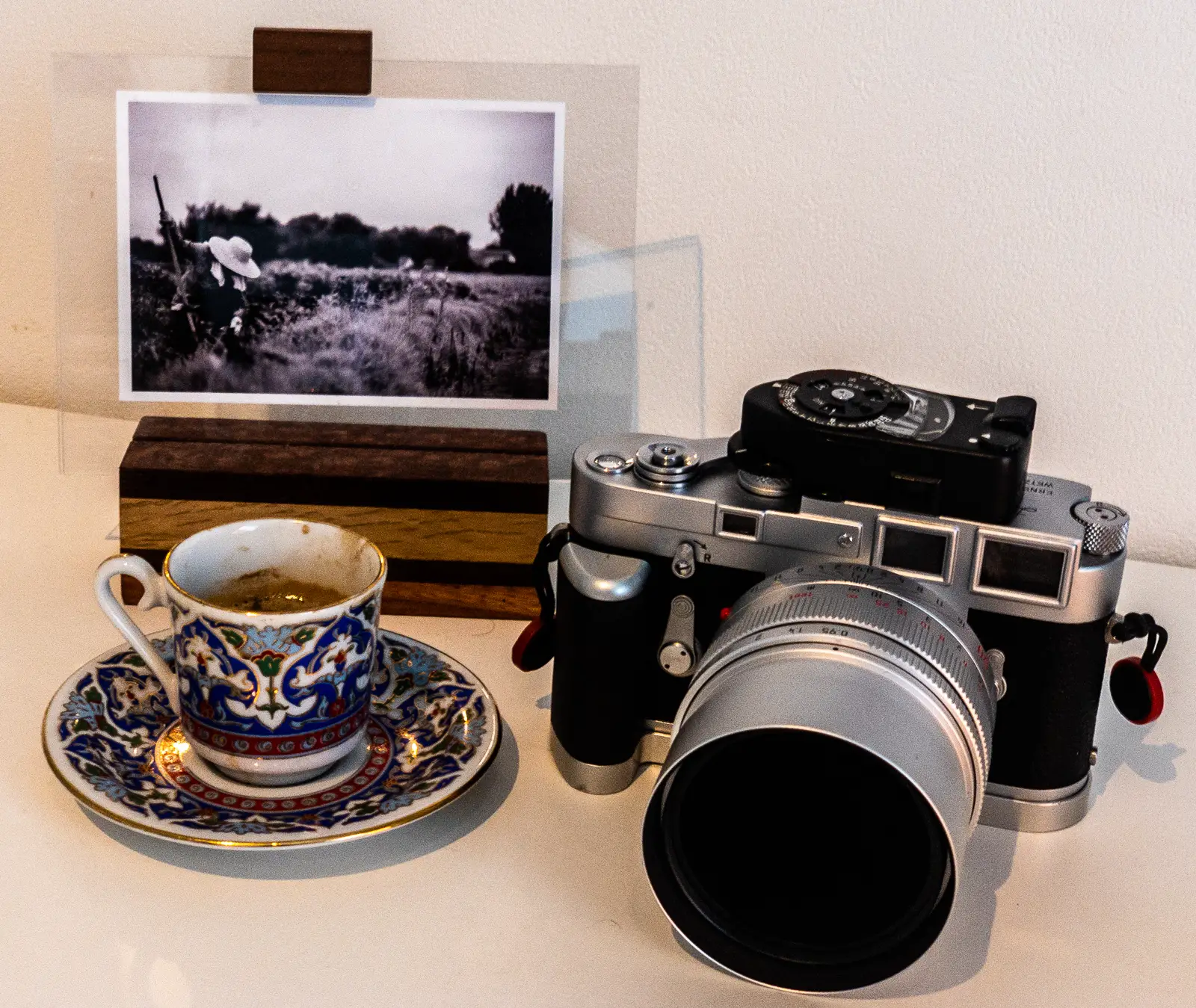








Comments
thorsten wulff on Leica 50mm f/0.95 ASPH Noctilux-M Review and Bokeh Worship – By Steven Bleistein
Comment posted: 18/08/2019
http://thorstenwulff.com/albums/people/content/joel-meyerowitz/lightbox/
Comment posted: 18/08/2019
maximilian on Leica 50mm f/0.95 ASPH Noctilux-M Review and Bokeh Worship – By Steven Bleistein
Comment posted: 18/08/2019
As for the images - they could have been taken with any Canon DSLR with 85/1.2 on it, and processed with the RNI's Kodak T-Max film profiles in Lightroom - no one would be able to spot the difference or say that there is less art in them now.
Comment posted: 18/08/2019
Comment posted: 18/08/2019
Comment posted: 18/08/2019
Comment posted: 18/08/2019
Comment posted: 18/08/2019
Comment posted: 18/08/2019
Comment posted: 18/08/2019
Comment posted: 18/08/2019
Patrick on Leica 50mm f/0.95 ASPH Noctilux-M Review and Bokeh Worship – By Steven Bleistein
Comment posted: 18/08/2019
Comment posted: 18/08/2019
Anais Faraj on Leica 50mm f/0.95 ASPH Noctilux-M Review and Bokeh Worship – By Steven Bleistein
Comment posted: 18/08/2019
Anais on Leica 50mm f/0.95 ASPH Noctilux-M Review and Bokeh Worship – By Steven Bleistein
Comment posted: 18/08/2019
Comment posted: 18/08/2019
Kodachromeguy on Leica 50mm f/0.95 ASPH Noctilux-M Review and Bokeh Worship – By Steven Bleistein
Comment posted: 19/08/2019
Comment posted: 19/08/2019
Laurence on Leica 50mm f/0.95 ASPH Noctilux-M Review and Bokeh Worship – By Steven Bleistein
Comment posted: 20/08/2019
Terry B on Leica 50mm f/0.95 ASPH Noctilux-M Review and Bokeh Worship – By Steven Bleistein
Comment posted: 20/08/2019
At a personal level, I have to admit, and hope I don't upset you too much, that I don't find the first three images to my taste. The overall darkness of them I find somewhat oppressive for the subject matter, but I admit this is very personal. Placing potentially uninteresting subjects (for a third party audience) in the centre of the image is leaving too much to chance. Re the third image, why all the unfilled space in the right hand third? Better, perhaps, to have moved in closer and make the cycle more of a feature, or even cropped it appropriately? Would the first three images get me interested enough to want to check out the Noct? Image four, due to its simplicity, I feel cries out for colour, and really got me asking just what this would have looked like in colour.
But your final image is something else. Well balanced and the moody lighting very much adds to its power. And for me, it really works as "art".
Comment posted: 20/08/2019
Jonathan Leavitt on Leica 50mm f/0.95 ASPH Noctilux-M Review and Bokeh Worship – By Steven Bleistein
Comment posted: 27/11/2019
Leica Noctilux 50mm f0.95 ASPH M - A Nocturne - Tahusa on Leica 50mm f/0.95 ASPH Noctilux-M Review and Bokeh Worship – By Steven Bleistein
Comment posted: 20/12/2022